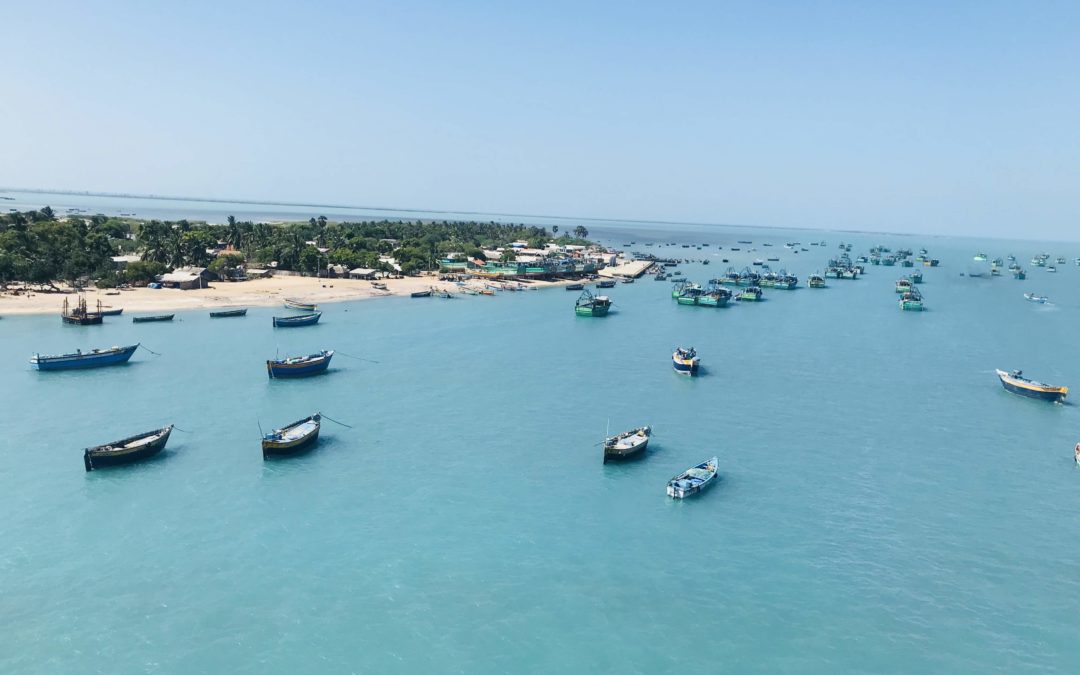According to the Indian epic Ramayana, Lord Rama built a bridge to the island of Lanka (today’s Sri Lanka) to rescue his kidnapped wife Sita from Ravana, the King of Lanka. And the place from where he started building the bridge (Ram Sethu/Setu – the bridge of Rama) was, you guessed it – Rameswaram! By the way, the legendary Ram Sethu ‘connecting’ India with Sri Lanka still exists, (although debates continue to rage over whether the current bridge was actually built by Lord Rama or not. Today, Ram Sethu is known as Adam’s Bridge.
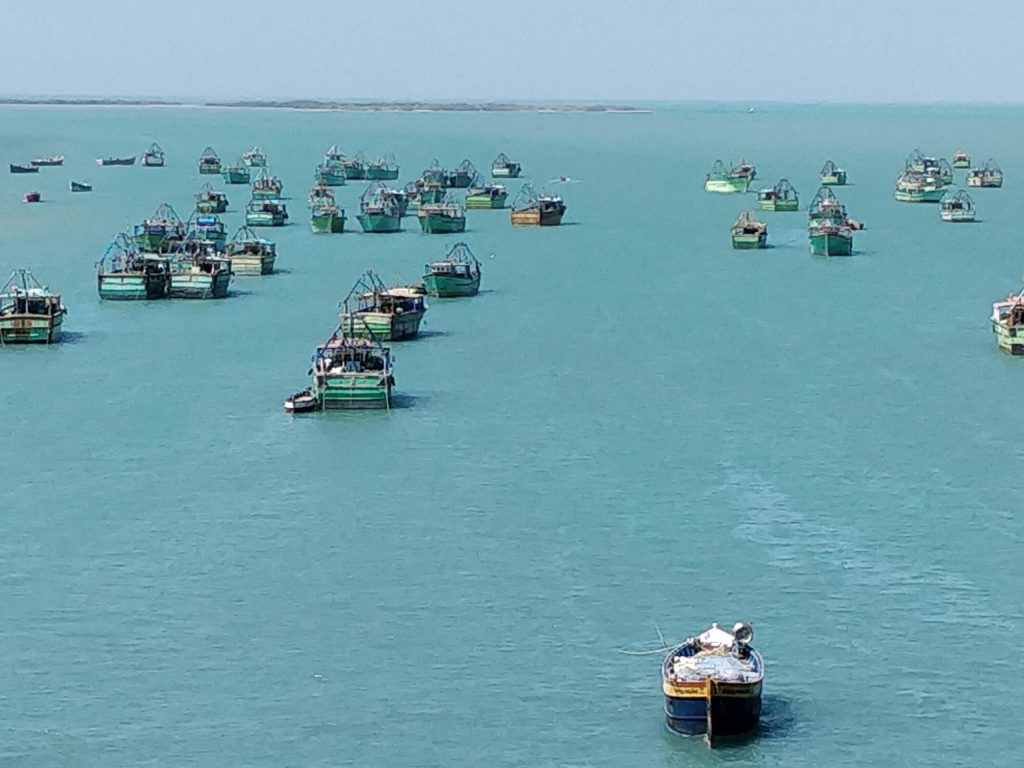
Rameshwaram means the ‘place where Rama worshipped Eshwar’ (God – in this case Lord Shiva) to atone for his sin of killing Ravana while rescuing his wife Sita from Ravana’s evil clutches. This is why although Rameshwaram is predominantly associated with Lord Rama, its main temple and tourist draw – the Ramanathaswamy Temple – is dedicated to Lord Shiva. Do try to pronounce it the ‘South Indian’ way as Raama-naatha-swaamy – the locals will be impressed by your diction ☺
Rameswaram is a popular pilgrimage destination visited by lakhs of Hindus every year. The town has special significance as one of the holy Char Dham or four sacred abodes associated with the incarnations of Lord Vishnu (including Shiva).
Recently, my family and I spent a couple of blissful days in this charming town in the South Indian state of Tamil Nadu. Rameshwaram is part of the delightful Pamban Island and connected to mainland India via railway through the famous Pamban Bridge.
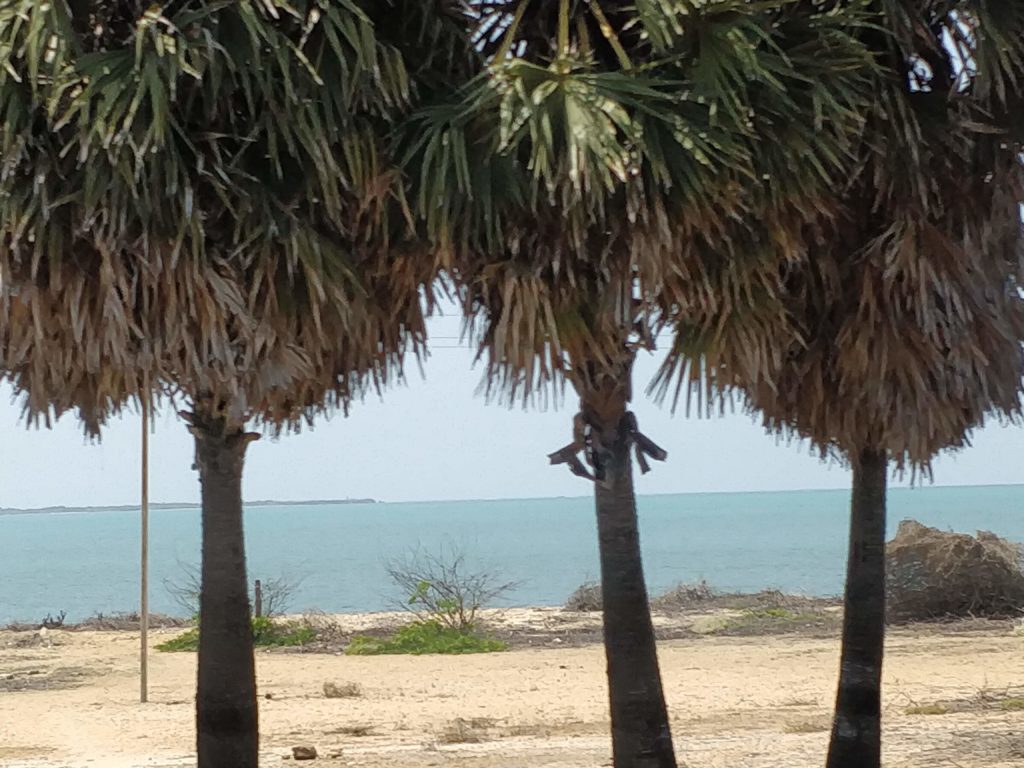
Did you know that the 105-year old Pamban Bridge was India’s first ever sea bridge? It was also the longest sea bridge in India until the opening of the Bandra-Worli Sea Link in Mumbai in 2010!
A parallel road bridge connecting Rameshwaram to the rest of India came up in 1988. It is just over 2 km long and took almost 14 years to complete. Human engineering at its finest!

We were travelling by the road bridge and got down to soak in the views. The rail tracks against the backdrop of blue waters looked lovely. There is a systematic management of traffic on the bridge and cars can wait on one side of the road for a few minutes.
Even if you are not the religious type, I recommend that you do visit Rameshwaram for the experience of going across the Pamban Bridge (or even the road bridge). As the train (or in our case car) moves over the water, you will feel as if you’re floating on air with nothing but miles of water surrounding you on every side. The experience might be slightly scary for a few folks, but exhilarating too. Don’t miss it! ☺ ☺
Before we got to Rameshwaram, we spent a night in Madurai, another famous ‘temple town’ in Tamil Nadu. Here’s our itinerary!
Day 1: Mumbai to Madurai
We flew from Mumbai to Madurai, a ‘temple town’ in Tamil Nadu. Madurai is famous for the Meenakshi Temple, also known as the Meenakshi Amman (mother) Temple.
When you first catch sight of this centuries-old place of worship, you will be taken aback by its stunning architecture that is so typical of temples in South India. Temples in the North look so different, it’s difficult to believe that these structures are also Indian and Hindu!
On the outside, the Meenakshi Temple is a towering dedication to the hundreds of Gods and Goddesses (even animals and demons!) whose statues cover the towers in all their colourfully detailed splendour.
Inside, the temple is massive, spread over 14 acres with multiple pillars, towers (gopurams), shrines and tanks – basically everything you would expect to see in a Hindu temple and much more! It is a popular wedding spot as well!
Do check out its stunning ‘Hall of 1000 Pillars’. You will be floored by evidence of the brilliant architectural vision and planning of our ancestors. Don’t miss it!
Inside, conservative dress is an absolute must. I saw some people (presumably Hindus) turned away from entering the sanctum because they were dressed in shorts and sleeveless shirts.
Unfortunately, non-Hindus are not allowed to enter the inner sanctum to see the idols of Goddess Meenakshi and Lord Sundareshwara (Shiva).
We witnessed the night ceremony/procession (9-9.30 PM except on Fridays: 9.30-10 PM) which is open to people of all faiths. An image of Lord Shiva is carried out from his shrine by priests in a chariot to his wife Meenakshi’s shrine where he’ll ‘spend the night’. Do take a guide with you on the tour – they are knowledgeable and very affordable. The main square has many huge trees where you can sit and chant.
To my eternal regret, cameras and cell phones are no longer allowed inside the temple so I don’t have photos to show you ☹ However I did capture one from my room.
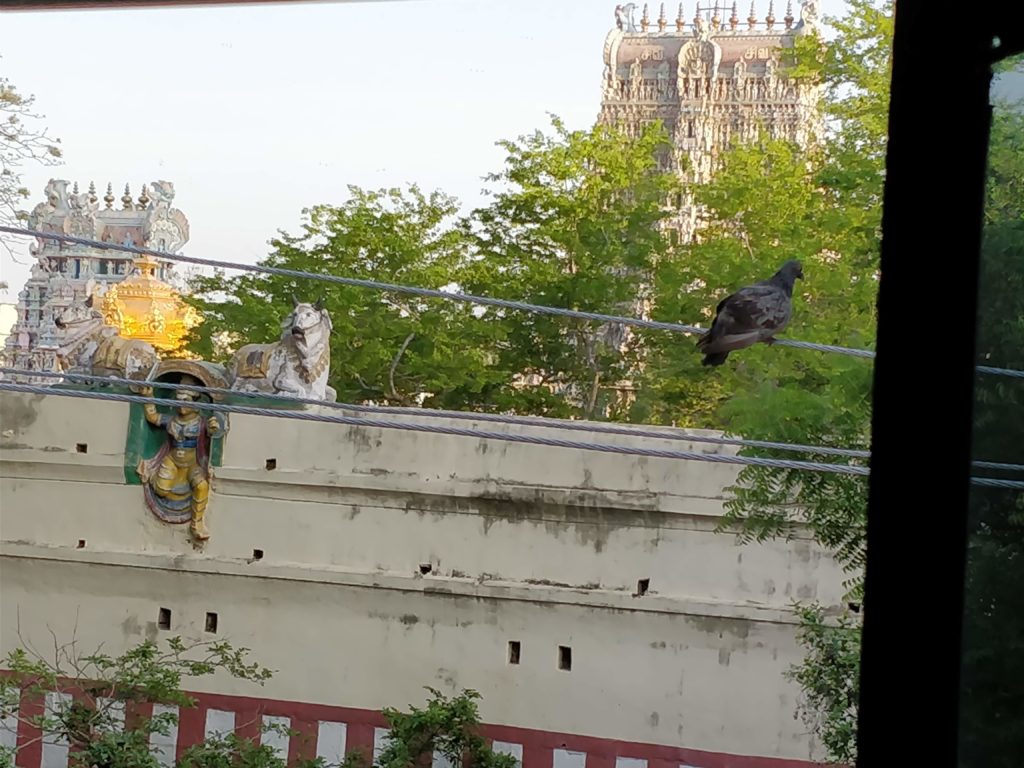
Day 2: Madurai to Rameshwaram
After an overnight stay at Madurai, we drove to Rameshwaram the next morning.
Did you know that Rameshwaram was the birthplace of the highly-respected aerospace scientist who later became the 11th President of India, Dr. APJ Abdul Kalam? This is the true meaning of India’s Unity in Diversity!
The late Dr. Kalam’s home has been converted into a museum (‘House of Kalam’) with exhibits that narrate the story of his life and achievements. Do visit!
Location: Mosque Street .Timings: 8 AM to 7 PM daily
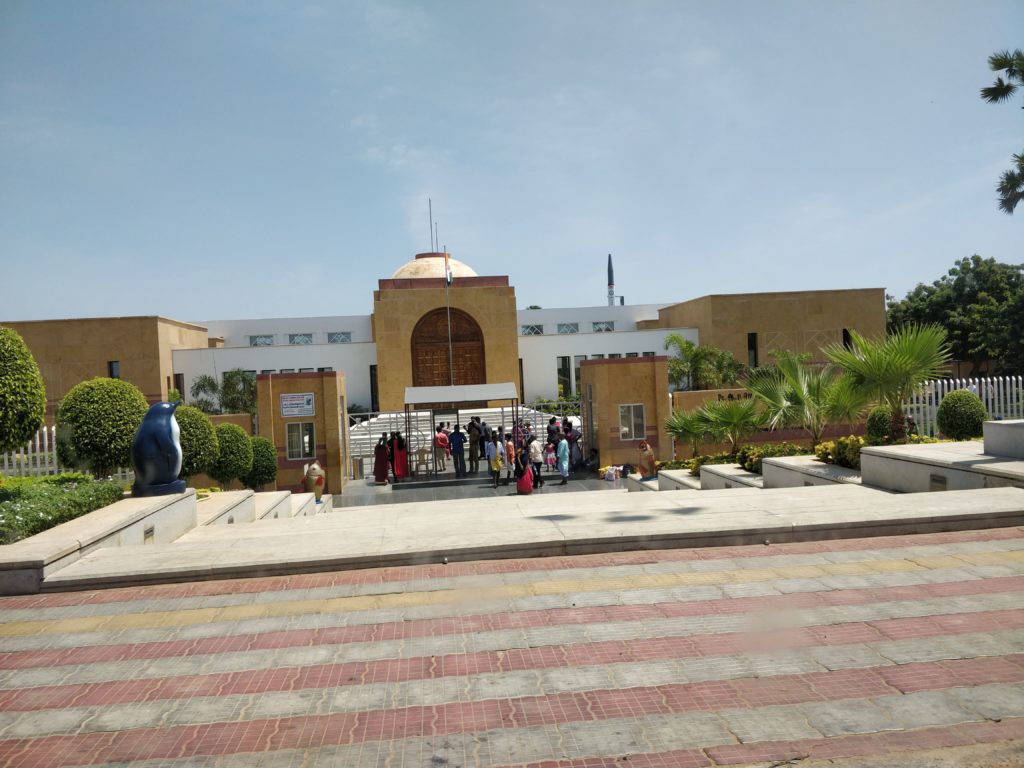
After freshening up at our hotel Jivan residency, we left for the Ramanathaswamy Temple in the centre of the town.
Before worshipping the deity in the temple, there is a tradition of bathing in the 23 theerthams (holy water bodies) in and around the temple. All the theerthams are inside except for the Agnitheertham, which is outside, a few hundred meters before the temple’s east gate. Bathing must be done in a set order, as directed by signs, starting at the Agnitheertham. Be aware that there are many things who would ask you to give them money for faster bathing in the wells but go through the official temple counter only.
Mind you, theertham bathing is not compulsory but it is said that you can wash away all your sins – much like Lord Rama did – by taking a dip. So why miss the opportunity? ☺

Then we changed clothes and entered the inner sanctum for ‘darshan’ of Lord Shiva’s lingams. Changing clothes is mandatory. So you need to bring a fresh pair of clothes in a plastic bag. Make sure that bag is sealed as after you finish the first Teertham, The remaining are wells where there are sevaks pouring buckets of water over your head. You will need to hold that plastic bag in one hand and stretch your hand away as the water falls on you :). The kids found it super fun. Do ensure that you dress conservatively – showing of legs, shoulders and arms is a strict no-no for both men and women.
Like the Madurai Meenakshi Temple, photography is not allowed inside the Rameshwaram Ramanathaswamy Temple so I couldn’t take any photos ☹
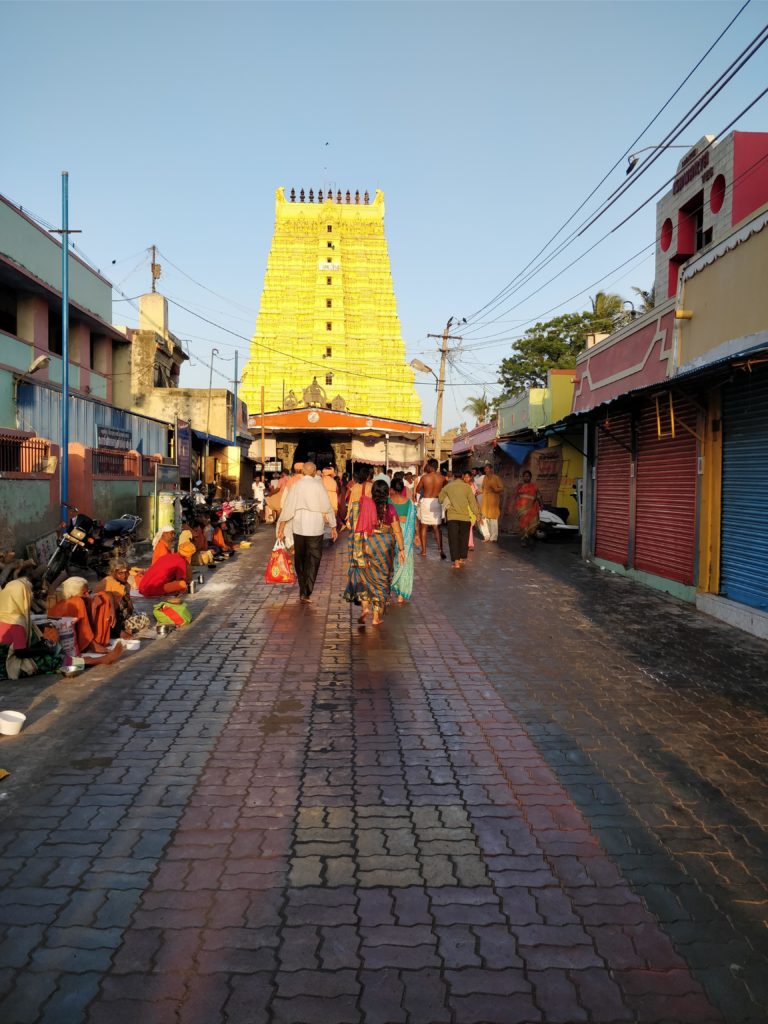
After darshan, we drove towards Dhanushkodi, an eerie ‘ghost town’ not very far from Rameshwaram. The road leading to it has the Arabian Sea on one side and the Bay of Bengal on the other. Absolutely stunning!
Unfortunately, this road closes at 5 PM and we arrived too late to drive further. So we spent some time on the beach at the check point and then returned to our hotel in Rameshwaram for the night.

The beach was super clean and the colors just splendid. It was a perfect setting for a birthday 🙂
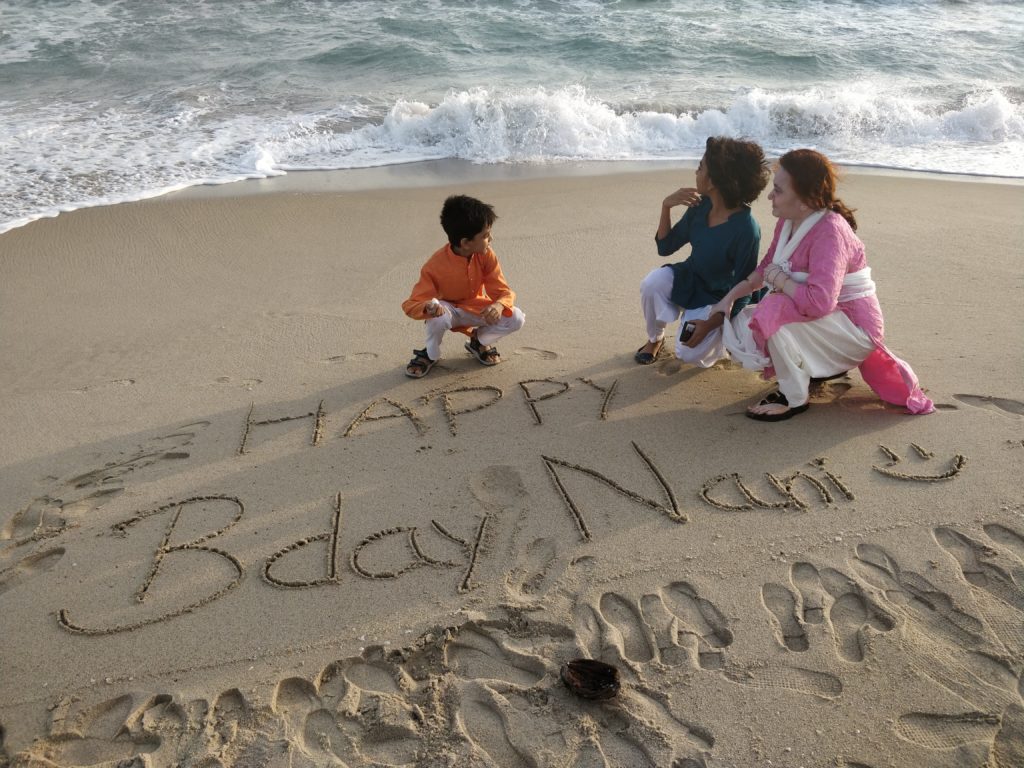
Day 3: Rameshwaram, Dhanushkodi, on to Kodaikanal
We woke early for the Spatika Shivling darshan. The Ramanathaswamy Temple has two lingams (symbols of Lord Shiva). It is said that one lingam was brought from the Himalayas by Lord Hanuman (Rama’s devotee and partner in the Sita rescue mission) and the other was created out of sand by Sita herself when the arrival of that lingam was delayed. The Spatika lingam darshan, open from 5 AM to 6 AM, is considered particularly auspicious for Hindus.
After the darshan, we once again drove to Dhanushkodi. The road leading to it has Arabian sea on one side and Bay of Bengal on the other side. Absolutely stunning!
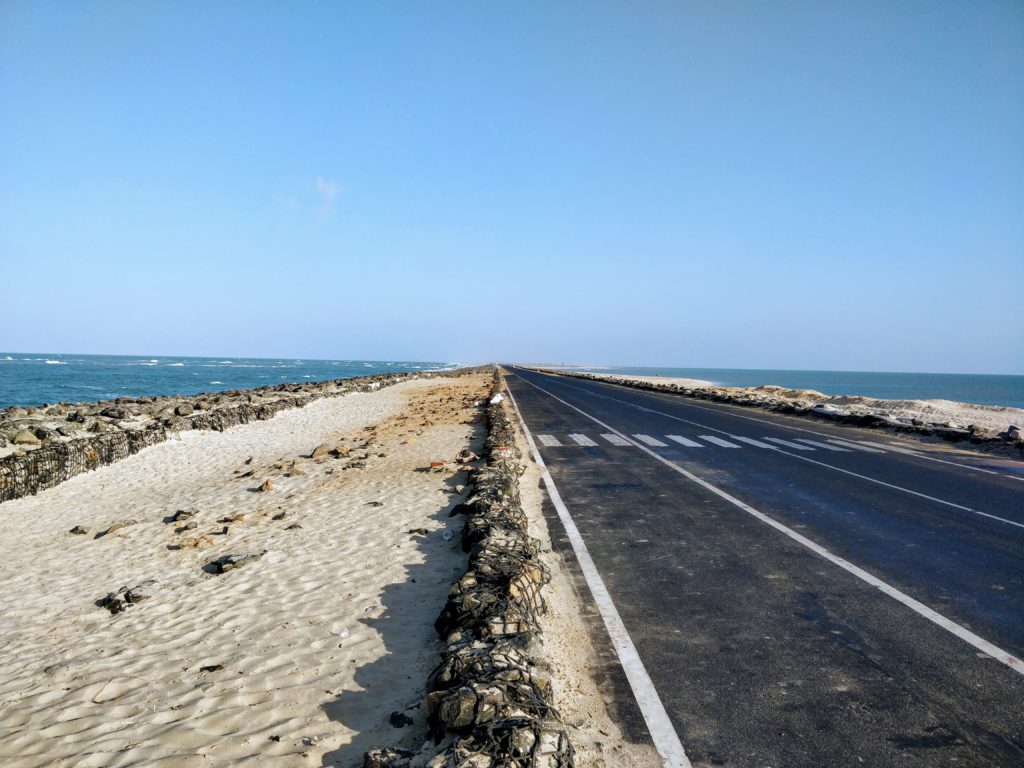
There, a friendly local told us that until the 1960s, Dhanushkodi was a flourishing trade town. However, in 1964, it was hit by a massive cyclone which wiped out most of its population and even a passenger train. The town was completely submerged under the sea and declared a ghost town unfit for human habitation by the Indian Government. All that’s left here now are a few abandoned buildings and the old railway station.
The rest of India is so crowded that the sight of an abandoned town in this vibrant country is a bit jarring.

If you can, do go up to Arichal Munai, the ‘border’ between India and Sri Lanka. The distance between the two countries is not enough to fulfil international legal requirements for the declaration of an international boundary line. But if you stand on the sands of Arichal Munai, you will literally be standing on the edge of India. It’s sort of like standing at Wagah Border – the border between India and Pakistan. Unforgettable experiences both!
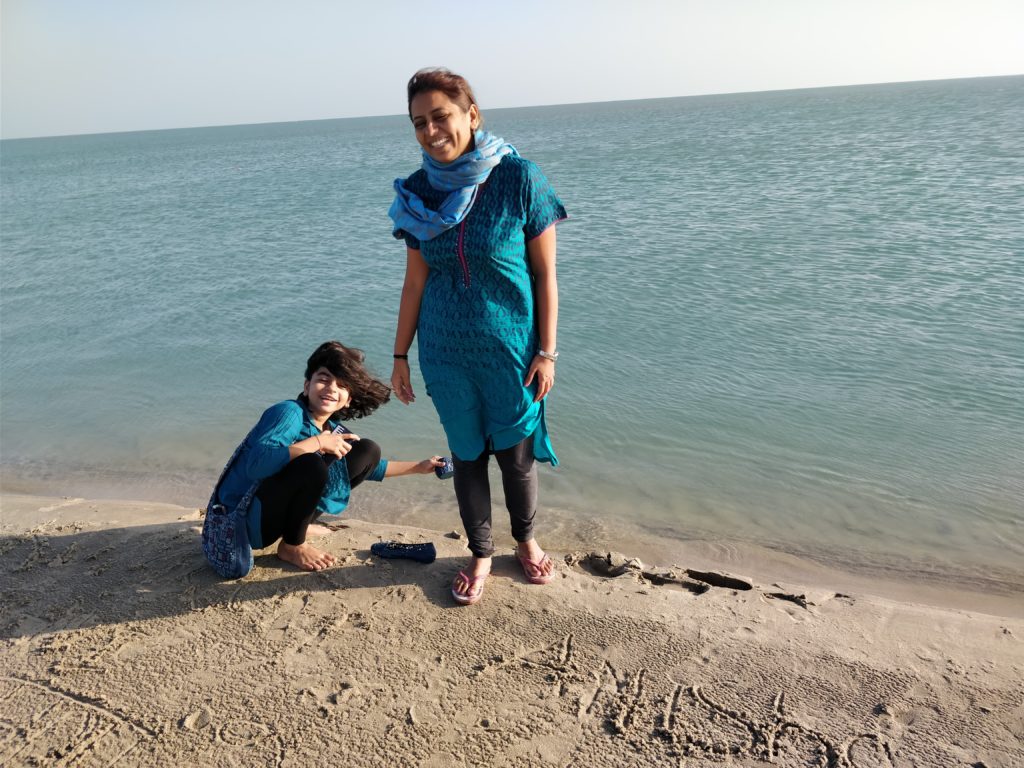
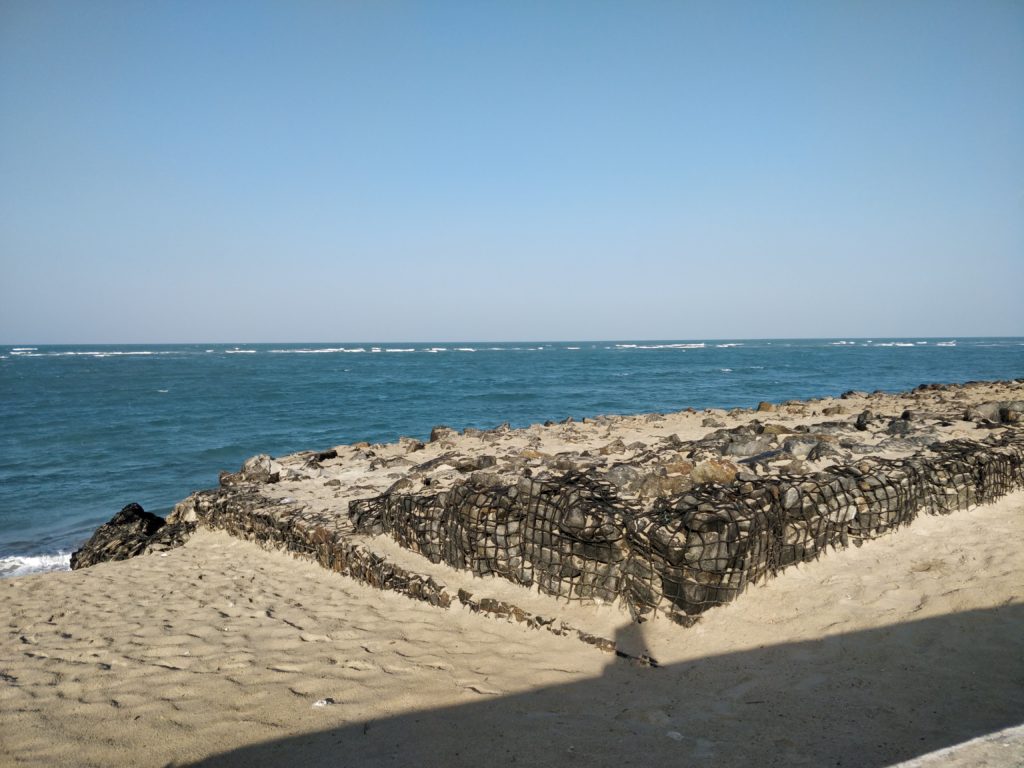
So that was the end of our Madurai/Rameshwaram trip. We then drove on to Kodaikanal, a beautiful hillside retreat about 300 km away. This charming little city is often called ‘The Princess of Hill Stations’. I have written about it in a separate post.
ALSO READ: 2 blissful days in Kodaikanal
What did you think about this post? I’d love to hear from you. Drop me a message below!
ALSO READ: Jivan residency, Rameshwaram

